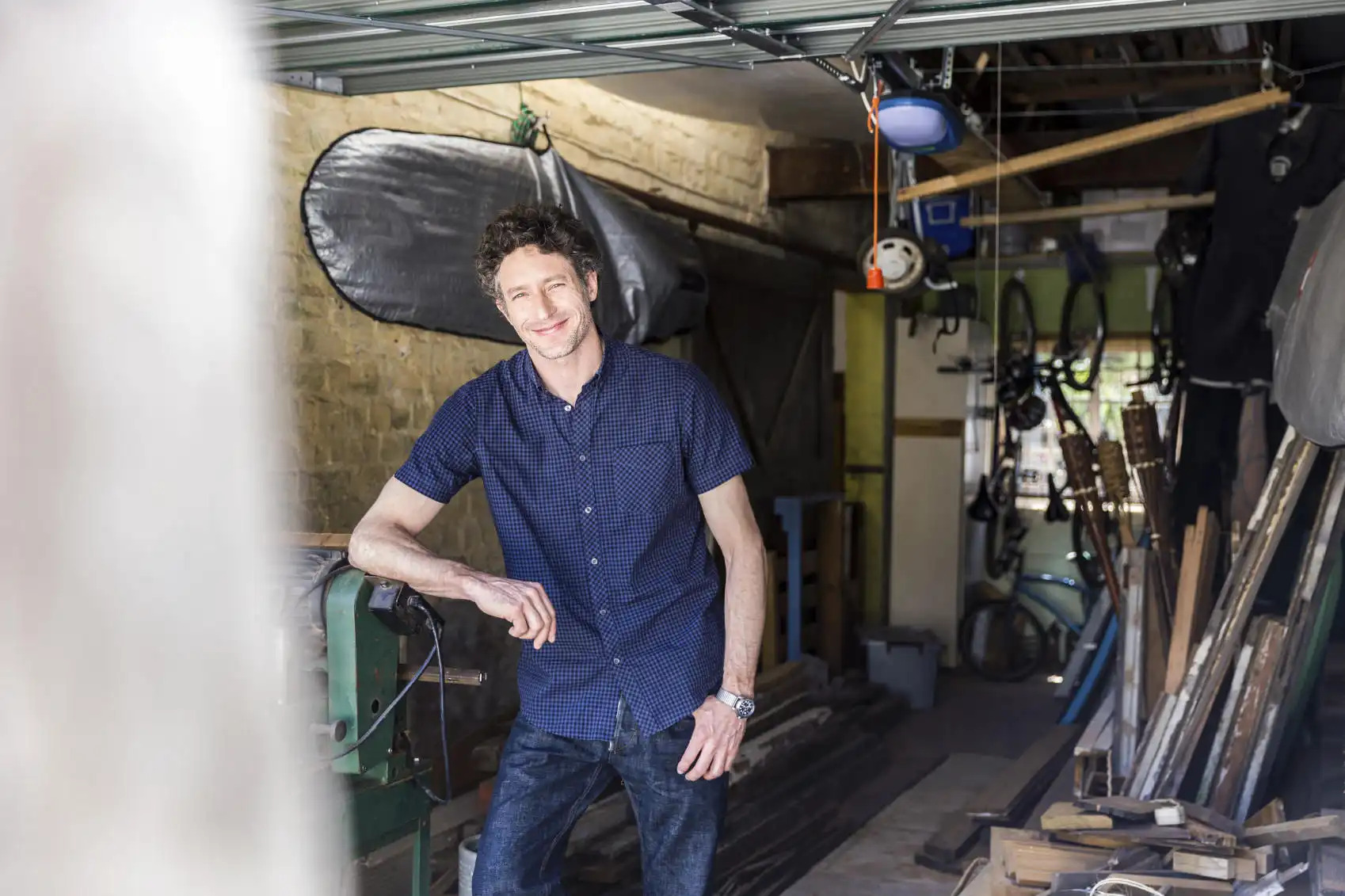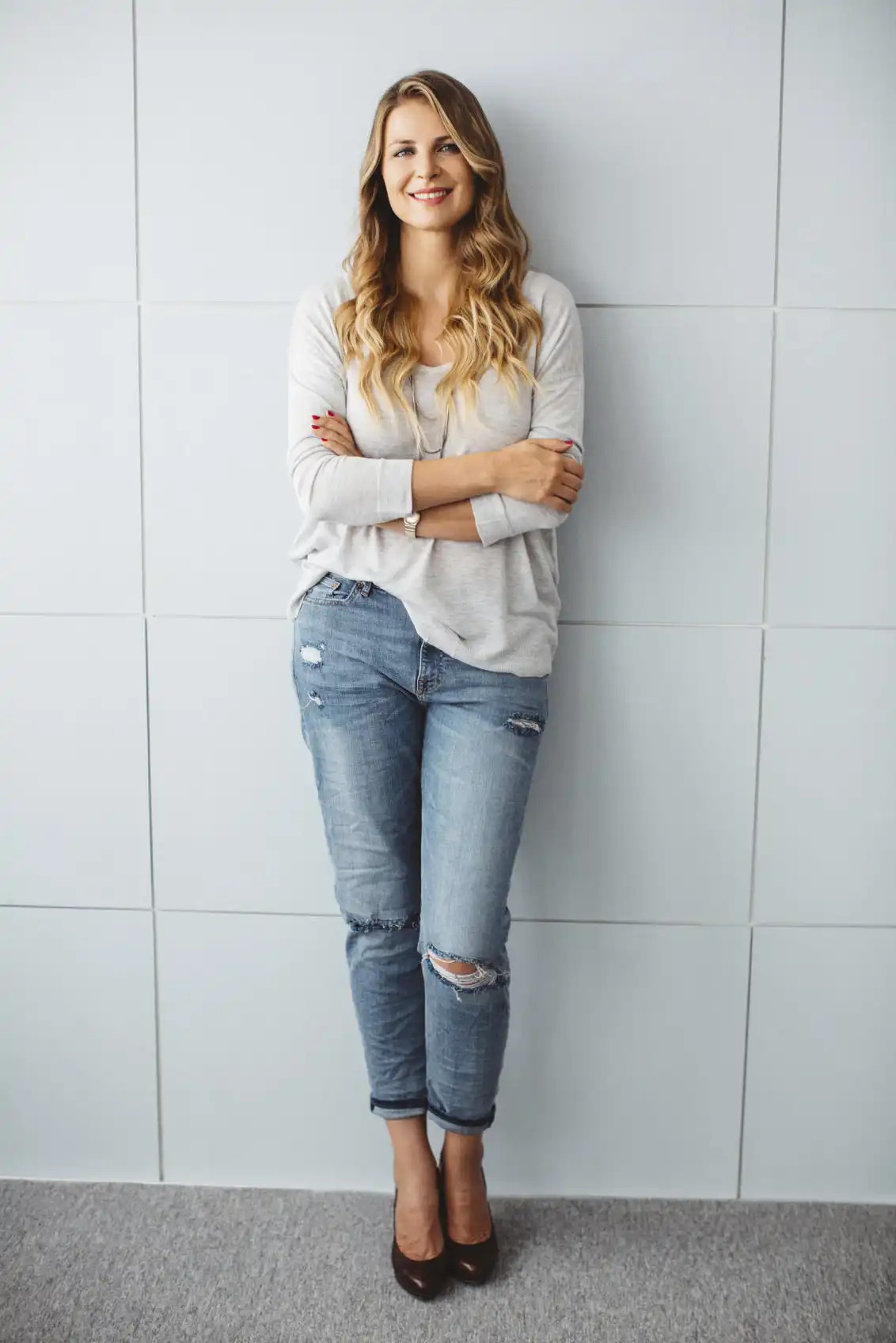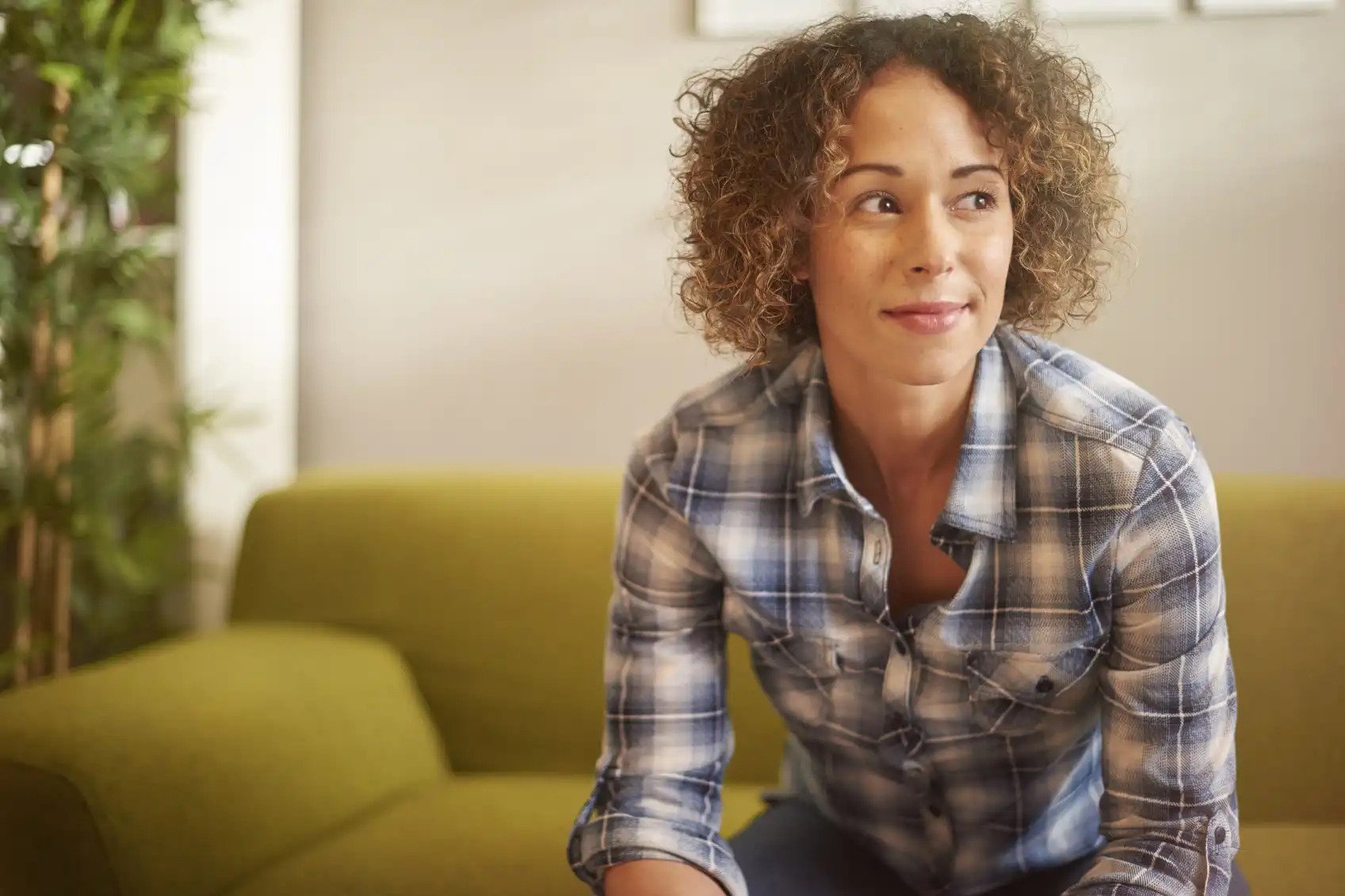Articles

Posing Tips and Tricks for Improved Portraits
Photography Talk
Whether someone approaches you to take their portrait for school, work, or some other purpose, your primary goal is to make that person look good, and as a consequence, feel good as well. Part of making clients look their best is understanding how to pose them and how to angle the camera such that you can get the best portrait possible.
To help you improve the portraits you create, we’ve put together a list of simple tips and tricks that will maximize your effectiveness while putting your clients in a position to get the best portrait possible. Let’s begin!
{module Google 728x90}
Lean In

To minimize the appearance of weight and to reduce the likelihood of a double chin, have your client lean toward you from the waist. Doing so allows you to have a higher angle for the shot, avoiding the underside of their chin altogether. Additionally, by leaning forward, the client will exude confidence and appear more active, as though they are coming towards the camera, if ever so slightly.
Cross Those Arms

Another posing trick that gives your client a more confident look is to have them cross their arms. While this is a highly popular pose for business-related shots, it’s something that can be effective no matter the client. The trick with crossing the arms is to ensure the client doesn’t also shift their weight back and lift their head. Doing so will create an unflattering angle in which the camera makes them look heavier than they are. Instead, have your client cross their arms and lean forward with their head tilted ever so slightly downward, as was done in the image above.
Move Weight to One Side

If you have your clients stand straight on to the camera, with their weight equally distributed on both feet, the client’s body will look static and a little stuffy. However, if you have the client shift their weight to one side or the other, you get a much more dramatic look. In the image above, the model’s weight is primarily on her right side. With her left leg bent a bit and her right hip kicked out, not only is there more visual interest in the bottom half of the photograph, but the model’s entire body takes on a subtle curvature, again, adding interest to the shot.
Strike a Balance

Moving a step beyond shifting weight to one side, you can also have your client move all their weight to one leg. This emphasizes the form of the client’s body, and takes the interest you get by shifting weight to one side up a notch or two. In the image above, the model’s weight is solely on her left leg, allowing her more freedom to bend and twist her right leg. There’s more curvature in the pose as well, and combined with the head turn looking the opposite direction of the shift in her weight and the expanse of negative space to her right, you’ve got the makings for a pleasing portrait.
{module cameras T4i}
Take a Seat

Seated poses are a problem for most people because the downward angle of the camera is typically unflattering. To get around this, don’t let your clients get comfortable in the seat. Have them move forward to its edge, and remind them to keep their back straight. Their feet should be solidly on the floor and their shoulders should be back, square to the camera. For added interest, have the client lean forward slightly, perhaps even resting their elbows on their knees. This makes for a far more dynamic composition, with the model looking up at a steeper angle. Frame the image tightly and focus on the client’s eyes for the best results.
The Final Word
By using the posing tricks we’ve discussed here, you will be able to create portraits that are more dynamic, more interesting, and more flattering for your clients. Each is effective in its own way, and will give your images the added pop they need to really impress. Give each pose a try, work on the angles from which you shoot each type of pose, and soon you will develop a better sense of the types of poses you need to use with different types of clients.
{source 0} {/source}
{module Article bottom share buttons}
{module Recommended Reading}





















